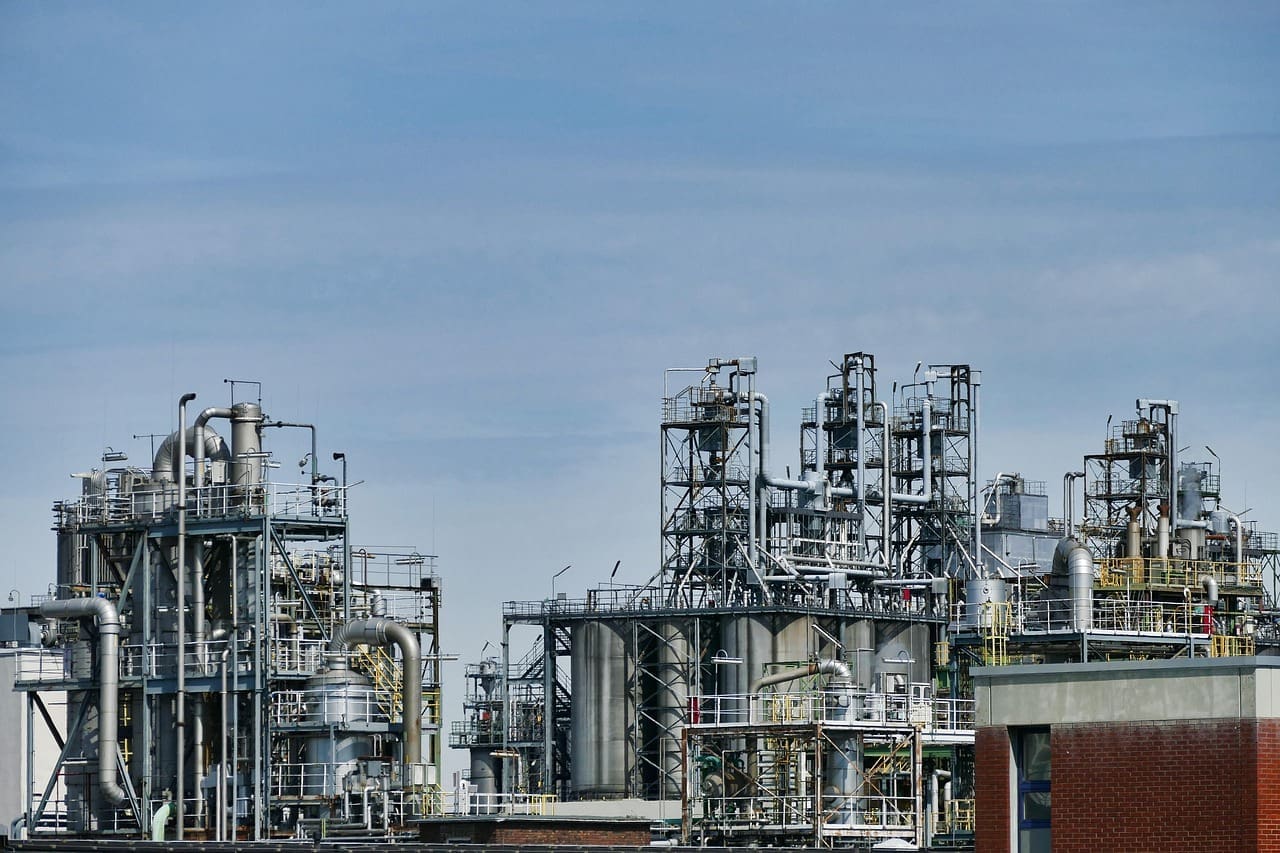The oil and gas industry finds itself in an interesting situation. While the political climate seems pro oil and gas with President Trump steaming forward to achieve energy independence, the opposition still mounts. Companies have initiated an uptick in drilling campaigns and steps are taking place to improve production, and at the exploration level, activity is still underway. That activity includes new oil and gas resources discovered in northern Colorado and southern Wyoming, yet production forecasts might paint a different story.
The United States Geological Survey (USGS) recently announced these added resources were discovered in the Phosphoria Total Petroleum System, which birthed its first production results around 1920. Since then, it has yielded approximately 500 million barrels of oil and 2.5 trillion cubic feet of natural gas. This most recent discovery forecasts approximately three million barrels of oil and 666 billion cubic feet of recoverable gas, yet the USGS thinks the system might be playing out.
“USGS energy assessments typically focus on undiscovered resources – areas where science tells us there may be a resource that industry hasn’t discovered yet, said Sarah Ryker, USGS acting director. “In this case, after 100 years of production, we estimate the Phosphoria Total Petroleum System has relatively little remaining oil and more than 600 billion cubic feet of gas.”
While the United States produces the most oil and gas at the global level, some experts believe the future for each of these commodities is heading down opposite paths. Hydraulic fracturing and drilling work seem to be picking up, but some still predict a looming production decline.
“There’s a big debate out there in oil circles on whether or not the U.S. is about to start declining in oil production,” said Garrett Golding, an assistant vice president for energy programs at the Dallas Federal Reserve. “When you look at rig counts, when you look at the amount of frack crews that are out there in the shale basins, when you look at oil prices, it all points at the U.S. starting to plateau.”
Whether it’s due to the domestic demand for LNG or the available export opportunities, the natural gas market continues to flourish. David Braziel, RBN Energy CEO, sees an array of opportunities with new markets surfacing in Europe and Asia.
“The last two months have been absolutely wild in terms of big new natural gas demand centers from LNG making final investment decisions,” said Braziel.
He added the natural gas demand is growing and “at the same time you’re seeing lower natural gas production, because crude oil is anticipated to drop with right with dropping rig counts.”
While additional factors place merit, the LNG focus almost capitalizes on the overall responsibility of natural gas growth. With it comes a new wave of LNG expansion projects.
“So as we move forward, though, and we get to this next tranche of LNG plants, it becomes interesting,” said Raoul LeBlanc at S&P Global Commodity Insights. “If oil growth is slow or nonexistent … you will lose the massive growth that you were getting from associated gas.”
This accounts for the need to boost natural gas production in other viable plays in addition to the Permian Basin. Proximity, however, plays a critical factor. Natural gas must be extracted from plays close to the Gulf Coast, where the construction of LNG export terminals is being targeted.
While not located on the Gulf Coast itself, the Haynesville Shale represents a natural gas producing asset spanning East Texas and Louisiana. Its location makes it a viable supplier of natural gas for the LNG demand, and it has seen a rebirth of activity as a result.
While areas like the Permian and the Haynesville supply natural gas to the LNG market, new assets could potentially surface, especially if the globe experiences a price spike. While currently in the middle of the third quarter, the end of 2025 could offer a clarifying view of what the market will yield. For now, oil and gas companies will continue spending money where demand warrants. For now, it appears both oil and gas will see growth activity, but natural gas seems to portray a longer lasting opportunity for exploration and growth.
Headline image source Pixabay.
Nick Vaccaro is a freelance writer and photographer. In addition to providing technical writing services, he is an HSE consultant in the oil and gas industry with twelve years of experience. Vaccaro also contributes to SHALE Oil and Gas Business Magazine, American Oil and Gas Investor, Oil and Gas Investor, Energies Magazine and Louisiana Sportsman Magazine. He has a BA in photojournalism from Loyola University and resides in the New Orleans area. Vaccaro can be reached at 985-966-0957 or nav@vaccarogroupllc.com.






